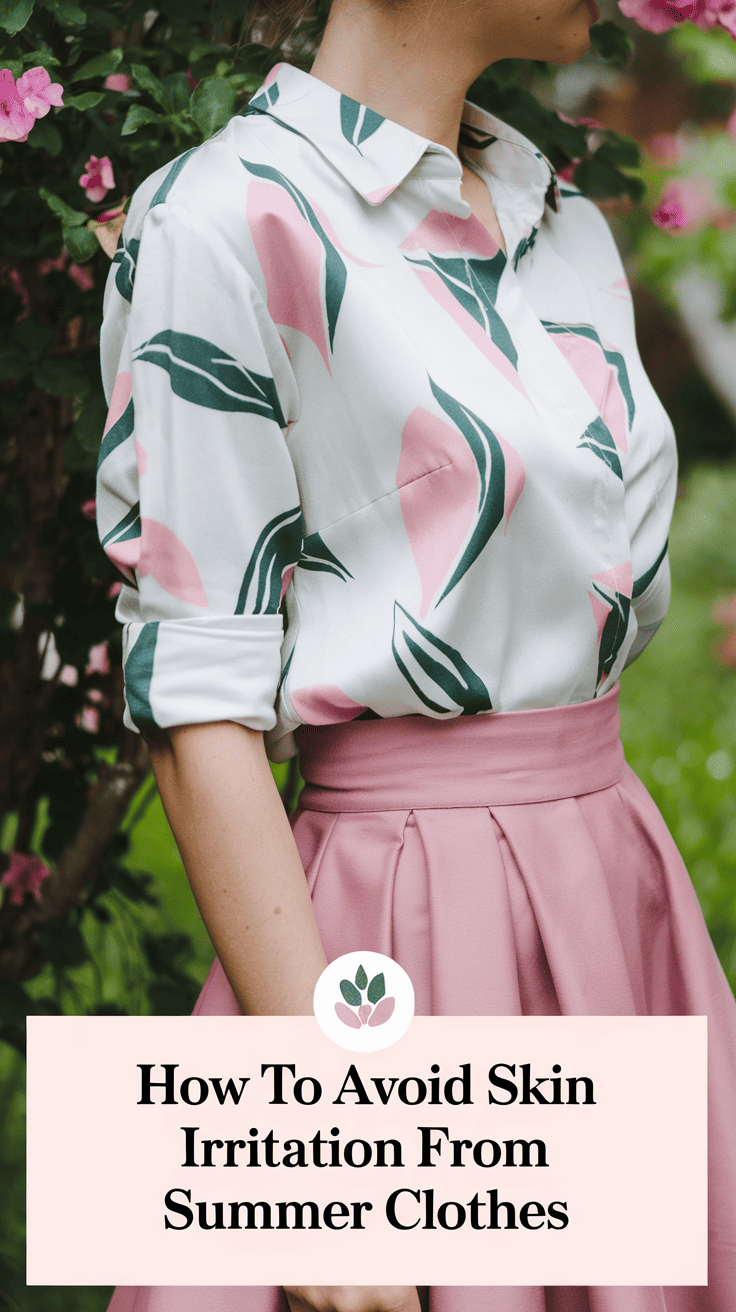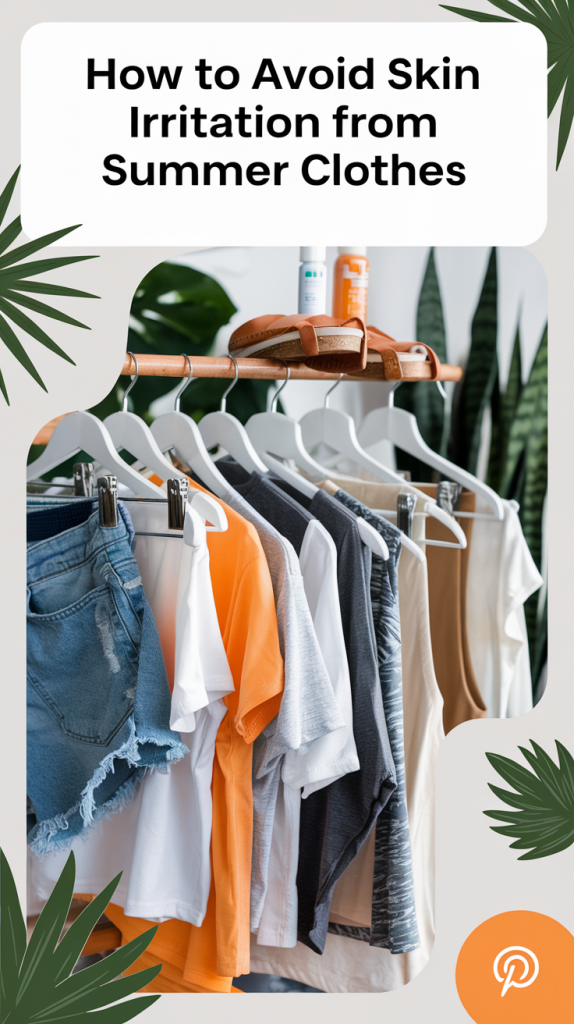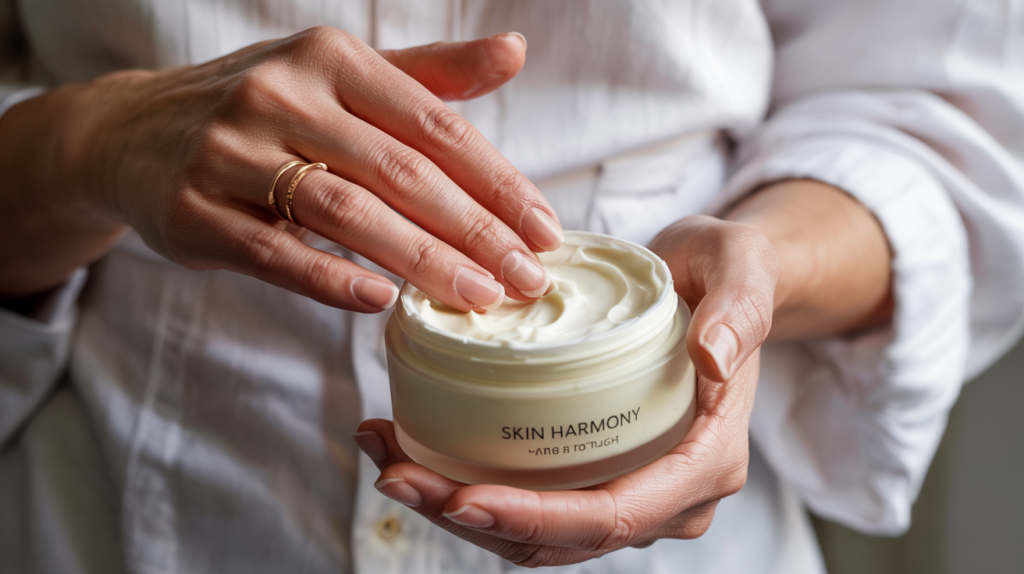How to Avoid Skin Irritation from Summer Clothes in 2025

Over 30% of individuals across the globe tend to get skin rashes over the summer. One of the causes adding to this is the dressing style they wear. The fabric we use, its fit, and even the way we care for it can soothe our skin or annoy it. Keeping in mind the fashion trends for 2025 which are centered around summer bold colors and bright yellows, it is increasingly vital to protect one’s skin.
This article will equip you with all the information regarding avoiding skin irritations due to your summer clothes, which fabrics to select, common mistakes to avoid, and some professional skin and wardrobe care tips. If you happen to have sensitive skin and plan on spending a lot of time outdoors, or if you aren’t bothered by the heat and simply wish to lounge in peace, this article has a lot of useful information for you.
Who Might be Interested in Reading This Article?
- Persons at risk of having skin allergies or suffering from sensitive skin
- Buyers searching for children’s summer clothes
- Those considered to sweat a lot in the summers
- Those who get excited about indulging in physically active events and fests or getting sun tanned on the beach for a long time

What are the reasons for the common skin irritation due to summer clothing?
The unusual combination of your skin being rubbed against clothes made of non-porous polyester or any other synthetic fabric, while sweating and experiencing heat, is bad for your skin. It is common knowledge that during summers, the pores of your skin open up along with sweat glands and there is an increased rate of perspiration. However, if the perspiration gets trapped in impenetrable clothing, it has the potential to skin irritation or worse, a fungal infection. Tight waistbands coupled with sweaty clothes rounded off with scratchy seams adds to the discomfort.
As of 2025, mainstream fashion continues to cater to fast fashion and relies on cheap synthetic blends (like polyester and rayon) that severely impair breathability – yikes. The scraping of skin against such materials guarantees rashes, redness and at times, even contact dermatitis.
Now, picture yourself even attempting to take off your clothes after a particularly steamy day: you are greeted with red angry skin marks and slight soreness. Your body is quite literally screaming ‘this hurts.’
Best Fabrics for Sensitive Skin During the Summer
Picking the right fabric can increase comfort as well as decrease the chances of irritation.
Natural Fabrics That Are Porous
- Cotton – Is leather not only cheap but also soft?
- Linen – Ensures extreme breadth of skin and moisture movement.
- Bamboo – It is soft and has very high antibacterial properties.
For the hot and humid conditions, these are perfect as they allow the skin to evacuate sweat and also permits breather.
Fabrics to Be Wary Of
- Polyester – A recipe for bacteria formation.
- Nylon – annoys, yet it is a frequent fabric of the sportswear.
- Rayon – Gives smooth texture but has no stretch.
| Fabric | Breathability | Skin-Friendly | Moisture Wicking |
|---|---|---|---|
| Cotton | High | High | Moderate |
| Linen | High | Moderate | High |
| Bamboo | High | Very High | High |
| Polyester | Low | Low | Low |
| Nylon | Low | Low | Moderate |
| Rayon | Moderate | Low | Low |
How to Dress Smart to Stop Skin Irritation
When feasible, putting on loose fitting clothing helps air circulation while lessening sensation of friction. On the other hand, tight jeans or clingy tops help trap the evicated sweat and rub your skin wrongly, literally speaking.
Layer Wisely
To help with the symptoms, the combination of a light cotton tank and sheer or sythetic tops allows for a barrier to be created. More layers should be avoided as they increase heat retention.
Avoid Heavy Seams and Tags
For the best comfort, try looking for seamless designs or clothes that use flatlock stitching. Tags, especially near the waist or neck area, should always be removed.
Quick tip: If a shirt itches in the store, expect it to be almost unbearable for two hours spent in the sun!
Skin Care: Your First Defense Against Clothing Irritation
Even with the greatest fabric, unsatisfactory prepped skin will guarantee irritation.
Wear Pre Routine
- Hydration – Apply light, fragrance-free moisturizers.
- Barrier Creams – Apply to high-friction areas like the thighs and underarms.
- SPF – Burns, to a degree, sensitive skin
- Post Wear Relief

Post Wear Relief
- Cool Showers – Refreshing; helpful in eliminating sweat and dirt
- Aloe Vera Gel – Soothing for hot and tender areas
- Fragrance Free Lotions – Alo also serve to heal the skin barrier to protect skin
Questions for you: Do you regularly apply sunscreen when heading to the beach?
Laundry Habits That Help (or Hurt) Your Skin
Most people do not give a second thought to the way their skin health is affected by bad laundry habits.
Best Practices
- Use a hypoallergenic detergent.
- Rinse twice to remove at least some soap.
- Remove tags and wash new clothes before putting them on.
What to Avoid
- Softeners with fragrance.
- Detergents with harsh chemicals and bleach.
- Leaving wet clothes in the washing machine.
Laundry Tip: Adding white vinegar during the rinse cycle will soften the clothes naturally. Use half a cup.
7 Clothing Mistakes That Cause Skin Irritation
- Wearing clothes that are overly snug-fitting in hot, sticky weather.
- Forgetting to wear undergarments that are made from softer materials.
- Buying new clothes and wearing them for the first time without washing them.
- Choosing to wear old clothes that they have not washed and are covered in sweat.
- Strongly scented laundry products.
- Washing clothes with strong scent laundry detergent.
- Waiting for skin irritation to become intolerable before attending to it.
What’s new in 2025: Innovations On Fabrics
Branded fashion will From 2025 onward include some skin friendlier products such as:
- Moisture-wicking and breathable basics – Uniqlo’s AIRism line.
- Durable and hypoallergenic Patagonia’s hemp blends.
- Organic Basics – Free of chemicals and eco-friendly.
There are “dermatologist tested” or “sensitive skin tested” labels, which are helpful when making a purchase.
Are you thinking about trying skin friendly clothing brands or do you generally stick to your favorites?

Final Conclusions: Summer Skin Care
Let’s summarize the essential points from the above:
- Best selection is natural and breathable materials like: cotton, linen, and bamboo
- Minimizing discomfort is achieved by paying attention to fit and construction type, and also seams.
- Garments should be put on skin after bare skin is ensured.
- Be cautious not to choke the clothing.
- Some clothing irritation issues should be avoided.
- Look out for new developments in skin fashion.
Remember, your skin being the largest organ of your body needs extra attention during summer.
💬 So, have you found a working summer fabric or are you still experimenting? Let me know in the comments!




